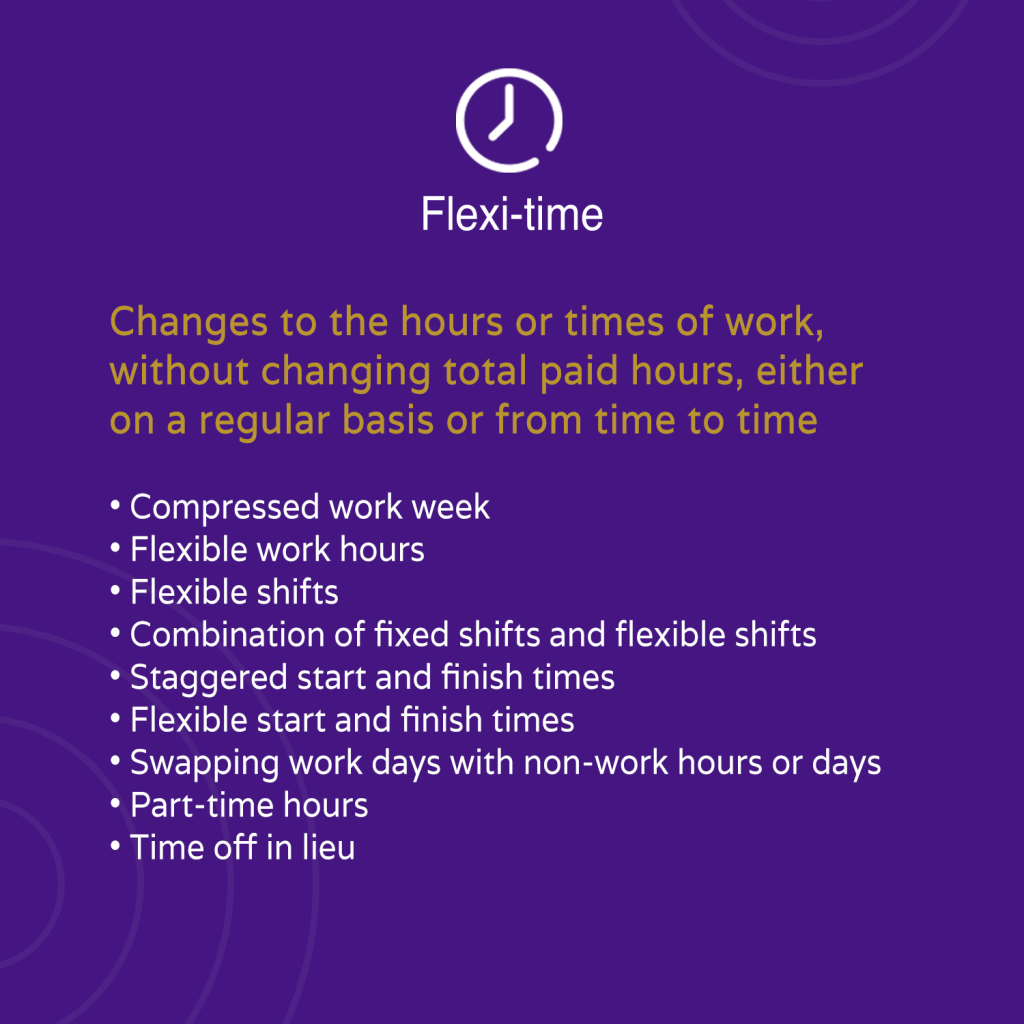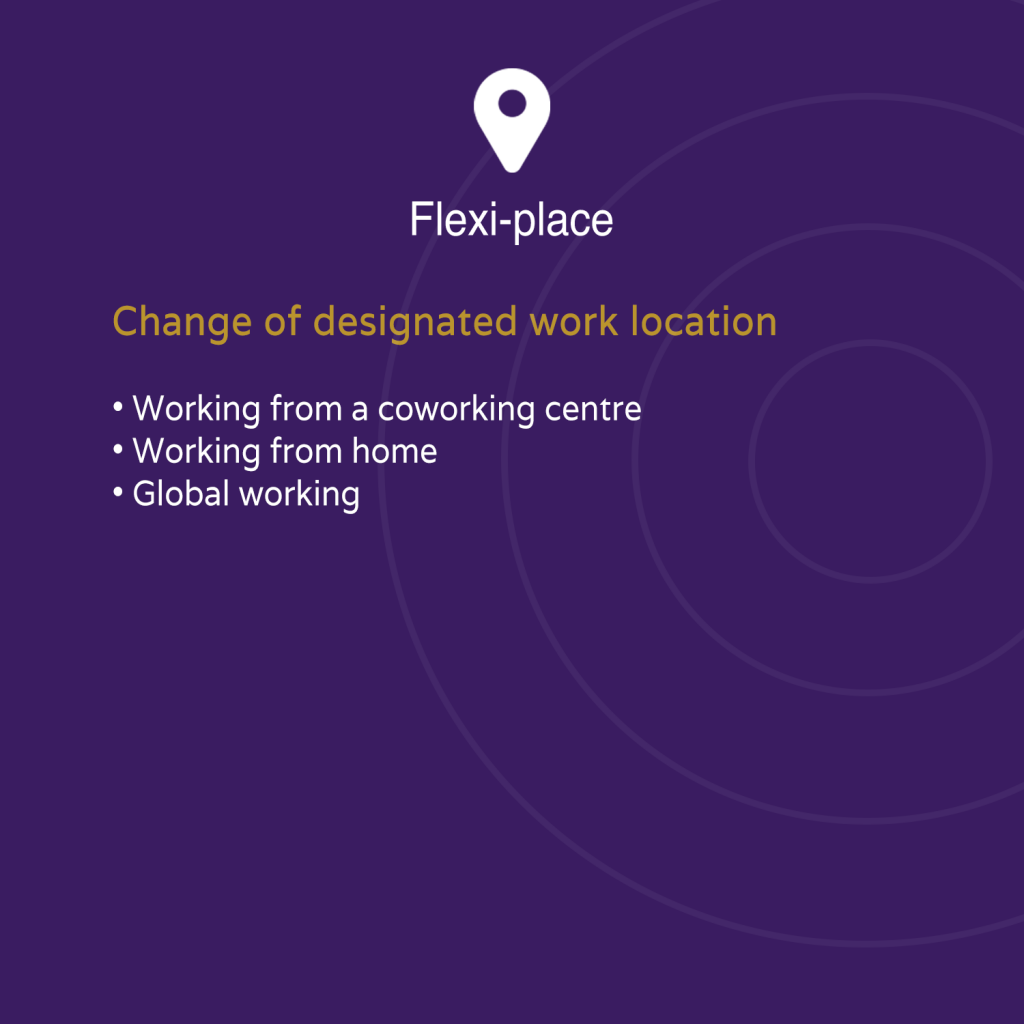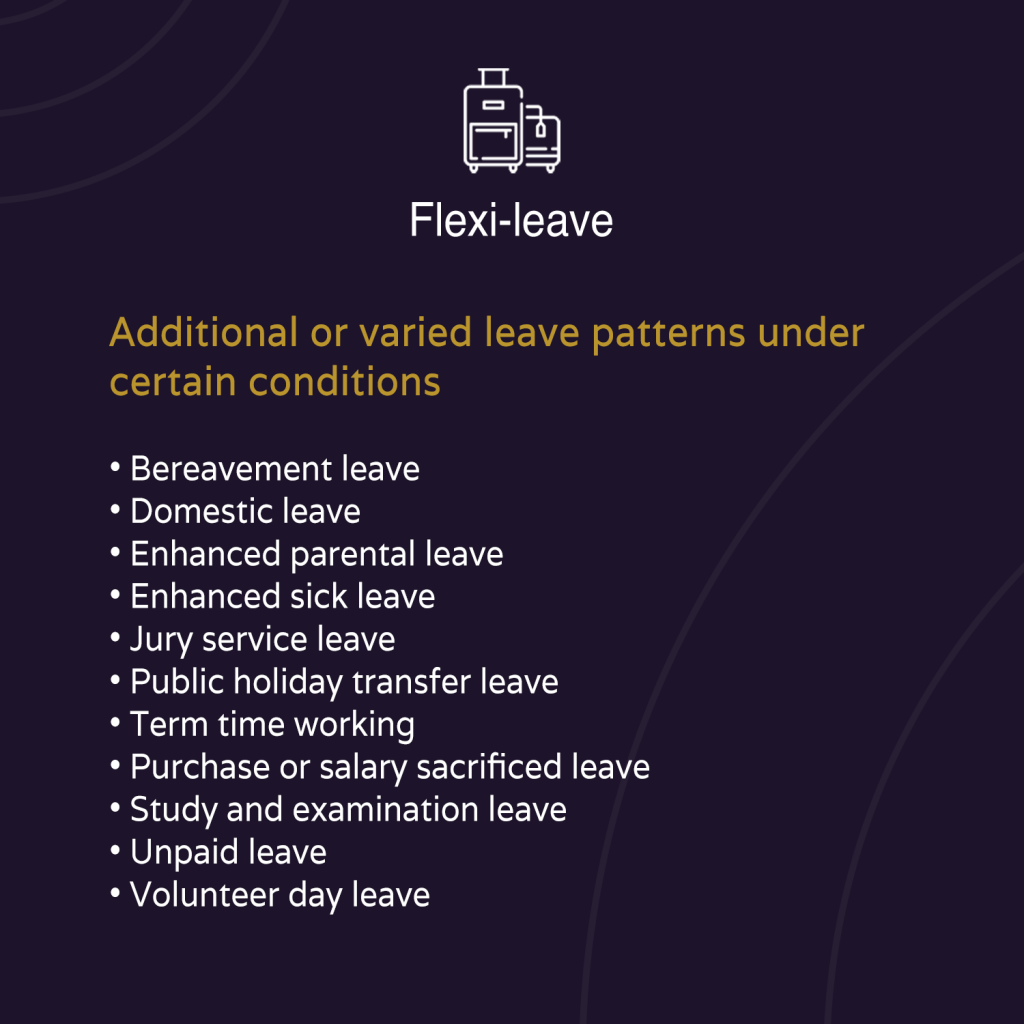



Flexible work has become part of our 'new normal'
The changes created during COVID-19 have become a catalyst for teams to consider long-term improvements to their ways of working.
We created unprecedented support systems for team members to productively work from home. Now that many of the constraints caused by COVID-19 are subsiding, leaders are in a position to reassess their remote teams.
Instead of being caught up in the dilemmas of COVID-19, we can begin to understand the Workplace Experience potential for remote work. Especially now, given that flexibility will be fundamental to the workforce of the future.
How COVID-19 transformed team leaders
Perhaps you found a new opportunity to shine, as you guided your team into a new normal. Everyone on the team faced similar challenges: focusing on work, despite interruptions from house-sharing and child-minding; working through the technological obstacles needed for efficiency; and dealing with the daily stress of a global pandemic. With a little trial-and-error, many teams set up ways to connect, and enough team communication to help stay on track.
There were challenges – work and life boundaries began to blur, teams learned to deal with it. The team was accustomed to making the office the primary space for meetings, but suddenly calls were taking place at home. For some team members, this meant working in their studio apartments – taking away a level of personal privacy. Others struggled with the stress of not being able to “unplug,” since ‘working from home’ began to feel like ‘living at work’.
The true challenge of flexibility has been masked
We all faced difficult and unusual circumstances. COVID-19 forced many teams to move into a one-size-fits-all solution for their problems.
However, in general, team members shared the same hours of work. They shared the same platforms for communication. Personal distractions at home were the same for many people – family members, chores, pets and more. They shared the same Workplace Experience, and it was easy to have empathy for the experience of others on the team. Adjusting for the limitations experienced by others was easy, because it was roughly the same all round.
The fact is the crisis response of COVID-19 has masked the true challenge of flexibility – the huge amount of variability in flexible work arrangements creates another layer of complexity.
As offices reopen and aspects of old routines return, leaders will be confronted with the varied flexible work options that are available for your team. Your people will want to work flexibly. As you reevaluate how your team will adapt as offices reopen, understanding these flexible options for ways of working is essential.
Think about the past to prepare for your team’s future
It is helpful to consider what really matters when leading remote teams. Owl Labs reports that the top concerns from remote employee managers were:
- finding ways to overcome reduced employee productivity (82%)
- reduced employee focus (82%)
- lower employee engagement and satisfaction (81%), and
- whether their remote employees are getting their work done (80%).
These are the same things that matter to flexible teams. As we emerge out of COVID and into a more flexible workforce, leaders could build strong employee satisfaction and engagement by engaging with the flexible options for each team member.
Understand the many types of flexible work and ways to lead
Flexible work requires adjustments based on the circumstances of the situation. With over 30 types of flexible work, the diversity of arrangements raises other challenges: how to be fair, how to make communication work across time and distances, how to keep a strong team connection, how to achieve a genuine win-win for your business and your team’s Workplace Experience, and that ever important question of how to keep an eye on productivity to ensure that work is tracking smoothly.
As a leader today, here are some ways you can re-centre for remote work:
- Provide an example of flexibility to set the tone for your team. Your example will impact people throughout the business.
- Provide clear direction to managers and teams, supporting flexible ways of working through making it a priority.
- Establish accountability for flexible work – requiring your managers to lead flexibly.
- Have at least one measure in place to see the positive impact on your business – whether you measure productivity, engagement, turnover, or your own peace of mind.
Now is the opportunity to lead the conversation and come out on the front foot. You’ll get more respect from your team if you start talking about flexible work with them than if you wait for someone to make an issue of it. And your team will be even stronger because of your clear leadership on this issue that means so much to them.
Schedule an Information Call today to find out more about our services.

